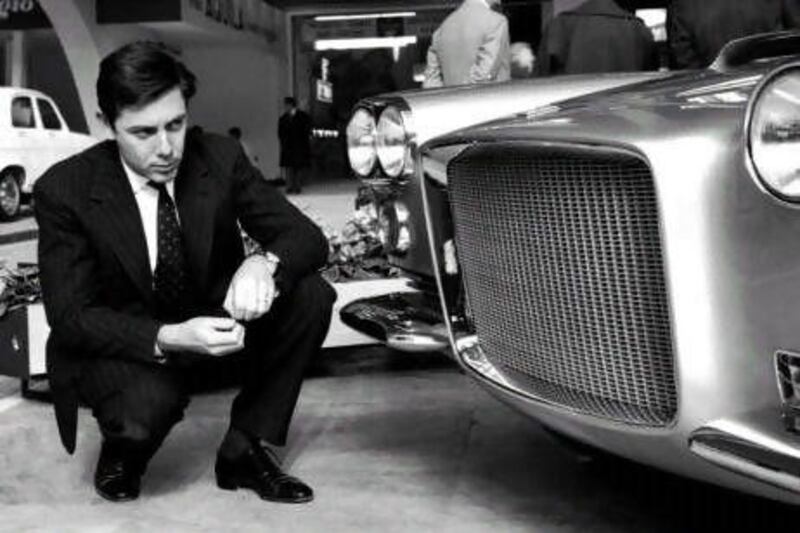Do you know who designed the Ford Explorer or the Chevrolet Aveo? No, me neither. Producing something that looks ordinary might get the job done but it doesn't get your name known. But if I ask about practically any Ferrari, or even the elegant Peugeot 406 Coupé, you're probably mouthing the name Pininfarina. Normally, when a well-known car designer or engineer dies, there's barely a line written about them in the newspapers. But last week, when Sergio Pininfarina breathed his last at the age of 85, anyone with a passion for beautiful cars felt like they'd lost a leading light. His like may never be seen again.
Rather than getting all morbid, perhaps it's time for us to celebrate the automobiles whose exquisite, often timeless shapes, were penned by Sergio and the team he headed for many decades. For even after he'd passed the reins to his son Andrea (who was tragically killed in a motorcycle accident in 2006) and then his younger sibling Paolo, Sergio still had the final say and was heavily involved with the styling of many modern greats - cars like the Maserati Quattroporte and the Ferrari Enzo.
Some of my all-time favourites were designed by the man and his work for Ferrari deserves particular attention. The indescribably beautiful 246GT (known as the Dino), for instance, is a riot of curves and is highly prized by collectors, not because it's especially powerful, but because it's a bona fide sculpture on wheels. Sergio himself once went on record as saying it was his favourite piece of work. After the 246 came the 308GT4 but Pininfarina had no hand in this. Instead, rival styling house Bertone took control and the result was (and still is) unloved by the masses. That car's replacement, the 308GTB, saw Sergio's company back doing what it always did best: designing Ferraris so good looking that they practically hurt.
The Daytona, Boxer, Testarossa, F40, F355, 360 Modena, as well as the startling aforementioned Enzo, all have his signature sense of style. His ability to move with the times and produce contemporary shapes that still excite the senses many decades on is what we will all remember him for. When my father was a boy, he had a picture of Marilyn Monroe on his bedroom wall. I had a Ferrari 246 and 308GTB, possibly the closest automotive equivalents to that curvaceous and buxom movie star.
Ferrari's chairman, Luca di Montezemolo, paid tribute to Pininfarina, calling him "an exceptional person… a man who gave Italy credibility and splendor." But his inimitable style wasn't to grace only Ferrari's glamorous sports cars. As far back as 1955, Sergio was a pivotal force in opening up relations with French car manufacturer Peugeot and that connection still exists today. Pininfarina's work on Peugeot's convertible models, in particular, has always resulted in restrained and elegant shapes that will stand the test of time, unlike so many other mass produced models.
He waved his hand over Jaguar's ageing XJ in the 1970s, giving us the Series III, which exemplified an ability to sympathetically evolve a design while keeping its heritage totally intact. Bentley, too, turned to Pininfarina for styling duties on its huge 1995 Azure convertible - one of the company's most gracious and cohesive designs. And the dainty Alfa Romeo Spider of 1966 stole the show from Dustin Hoffman in The Graduate.
Some of his best work was with Lancia, which was unfortunate because they were built with all the care and grace displayed by airport baggage handlers, the vast majority ending up as nothing more than piles of rust. The truly elegant Gamma Coupé and the aggressive Beta Montecarlo might now be rarer than hens' teeth but see one at a classic car show and drink in their gorgeousness. You won't dispute that the man was a total genius.
Apart from his design work, he was also a proactive politician and chairman of many committees and organisations, being appointed senator for life by the Italian president in 2005. But the world won't remember him for that. Instead, his work will, over the coming decades, be viewed in the same light as Michelangelo, Da Vinci and Caravaggio. It's just that you won't have to visit a gallery to see his work - it'll be on a highway, racetrack or at a car show near you.






